Page 1 of 2
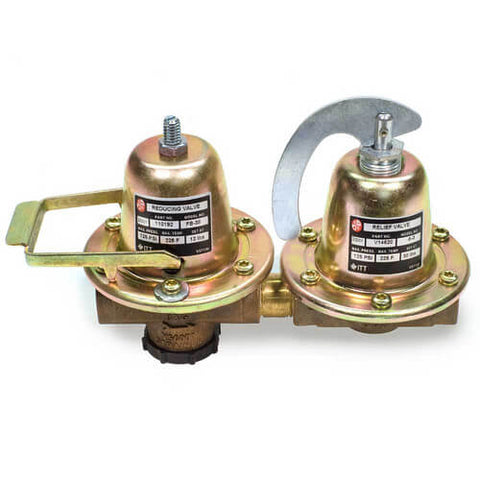
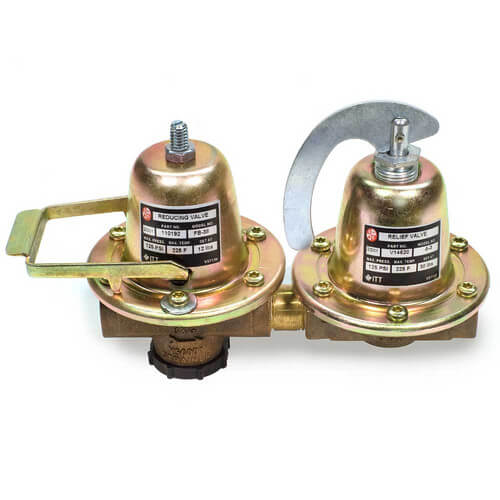
$180.00 CAD - Sold Out
Bell & Gossett Dual Unit Valve, Bronze, Dual Unit Valve with Fast Fill 1/2, Max. Temp. 225°F, Pressure Range: 20 to 40 PSI, Min. Pressure (PSIG) 20, Max. Pressure (PSIG) 125, Connections: Boiler: 1/2" NPT Fill: 1/2" NPT
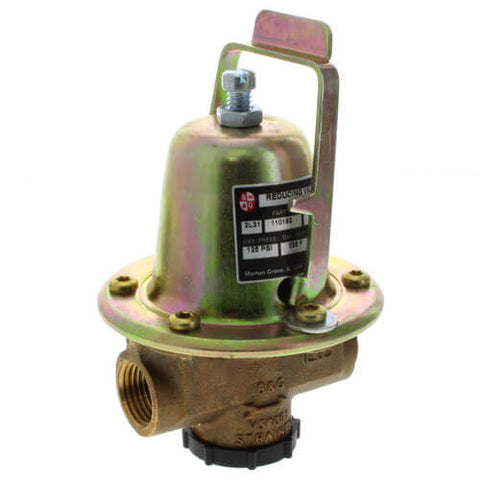

$99.00 CAD - Sold Out
Bell & Gossett FB-38 1/2, Pressure Reducing Valve, Size: 1/2", Max Pressure (PSIG): 25, Min Pressure (PSIG): 10
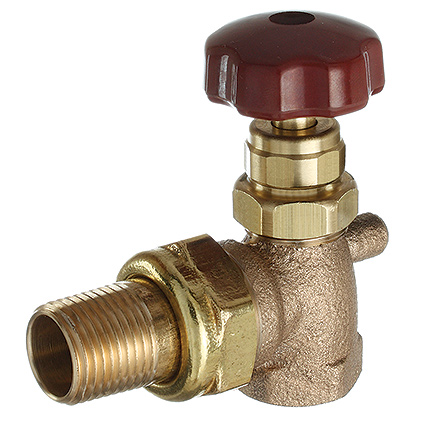
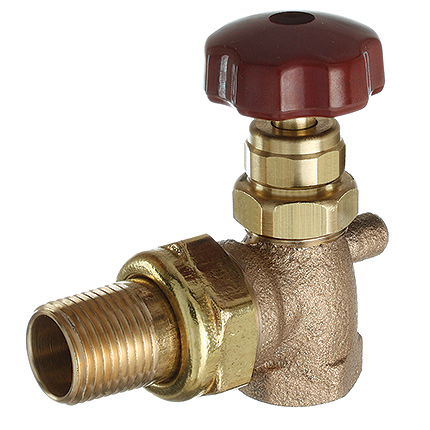
$47.29 CAD
FOR LOW PRESSURE STREAM, FORCED WATER HEATING & COOLING SYSTEMS. 250PSI/ 250F. 50WSP. HI-TEMP DISC STANDARD ON ALL MODELS.
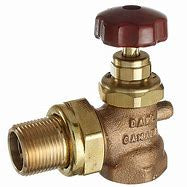
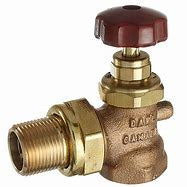
$85.88 CAD
FOR LOW PRESSURE STREAM, FORCED WATER HEATING & COOLING SYSTEMS. 250 PSI. MAX. TEMP 250°F. 150 WSP. HI-TEMP DISC STANDARD ON ALL MODELS.
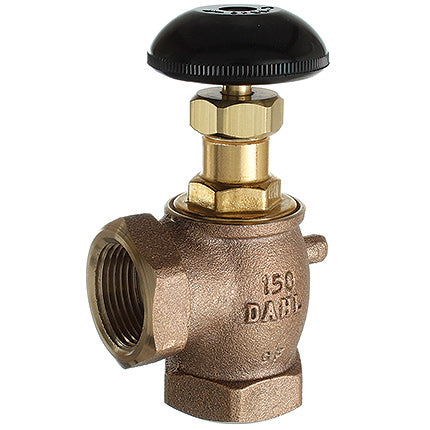
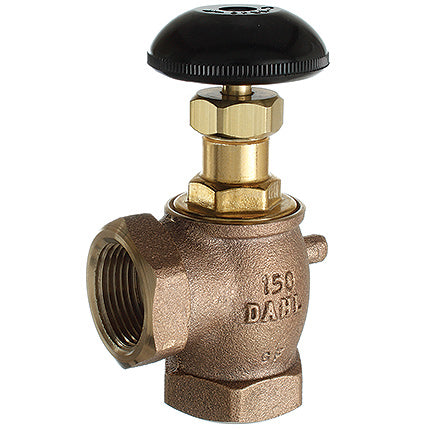
$66.55 CAD
FOR LOW PRESSURE STEAM, FORCED WATER HEATING & COOLING SYSTEMS. 250 PSI. MAX. TEMP. 250°F. 150 WSP. HI-TEMP DISC STANDARD ON ALL MODELS.
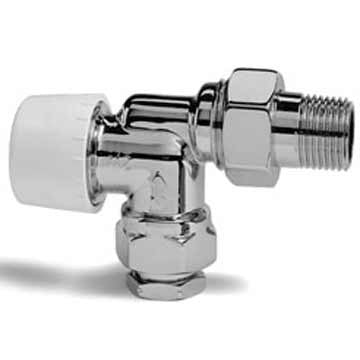

$68.75 CAD
1/2" standard inverted angle body.
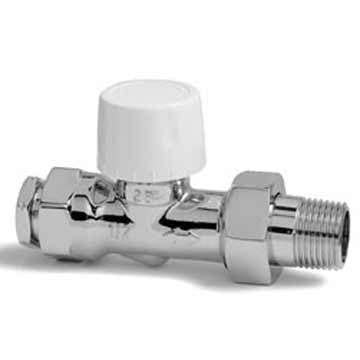
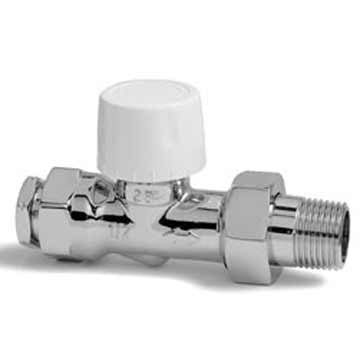
$68.75 CAD
1/2" standard straight body.
Question: What is a thermostatic radiator valve?
Answer: A thermostatic radiator valve is a valve that allows the user to adjust the heat that the radiator will emit below the central thermostat setting. In other words, it allows you to lower the heat of a specific radiator.
Question: How does a thermostatic radiator valve (trv) work?
Answer: A thermostatic radiator valve (trv) works by adjusting the thermostat dial from a range of 0 to 9. Each of those numbers represent a certain temperature output. This allows the valve to modulate the flow of the water entering the radiator.
Question: How can I fit a thermostat away from the radiator?
Answer: There are options for thermostatic valves that permit you to have a thermostat that is away from the radiator but still in proximity to the rad. A wire is used to create the link between the thermostat and the radiator. There are also wireless thermostats that will communicate with the valve and therefore does not require a wire.
Question: How often should you change radiator valves?
Answer: Radiator valves do not have to be changed unless they are faulty.
Question: How do I change a radiator valve without draining?
Answer: We have certain valve models that allow you to repair the valve insert without removing the valve from the system. This pertains to certain models only and should be chosen before installing your new radiation.
Question: How do you fix a radiator valve?
Answer: If you do not have a reparable radiator valve, it usually requires a plumber to drain your system completely, remove the old valve, and replace it with a new one.
Question: What is the use of a valve in a radiator?
Answer: The main use of a regular valve is for the purpose of isolation. If two valves are installed on a particular radiator, one at the entry and one at the exit, the user can control the water coming into or leaving the radiator. This allows someone to do a repair or a replacement without replacing the whole system.
A thermostatic valve is used to control temperature emitted by the radiator. When it is on a closed setting, it can also act as an isolator.
Question: What are the basic accessories required for radiators?
Answer: Basic accessories (sold separately) required for radiators are:
1. Thermostatic Valves- that can be installed on the entry to control temperature and isolate he entry point
2. Lockshield Type Valves on the exit to isolate
3. Brackets (usually come with most radiator models) for wall-hung units
4. Air Vents to bleed any air from the radiator